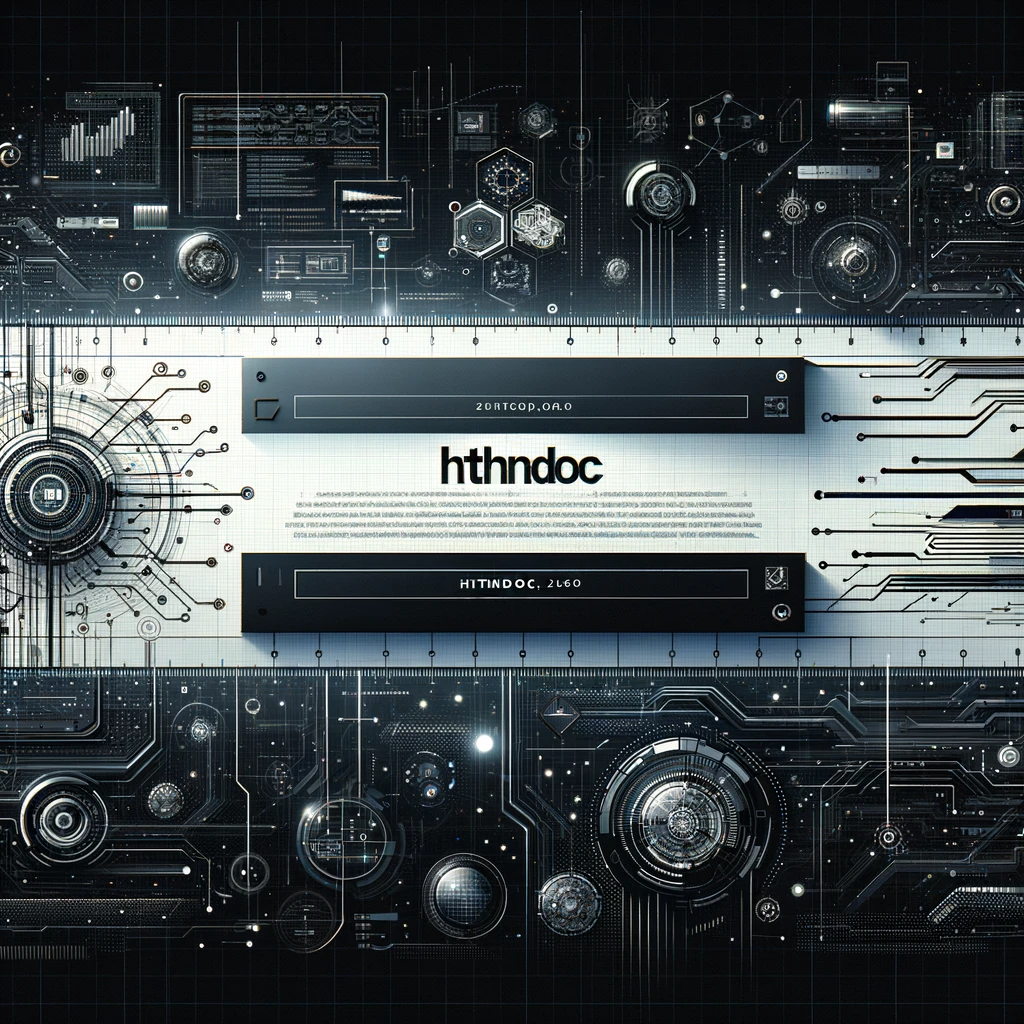Hyundai's vertical takeoff and landing electric vehicle (eVTOL) at CES was in 2020
The last time Hyundai brought an electric vertical takeoff and landing (eVTOL) vehicle prototype to CES was in 2020, and the South Korean automaker was confidently talking about adding it to Uber's upcoming air taxi network.
Today, Uber's air taxi network has been sold to another startup, the air taxi industry as a whole is still trying to get a commercial service off the ground, and Hyundai is unveiling a new "product concept" that it says will be ready for production by 2028.
Supernal, Hyundai's eVTOL division, claims its S-A2 concept can cruise at a speed of 120 mph and reach an altitude of 1,500 feet. It has enough battery capacity for the type of 25 to 40-mile trips that helicopters commonly make between city centers and airports for wealthy businessmen.
The company says its aircraft will "operate quietly like a dishwasher," emitting 65 decibels during vertical takeoff and landing and 45 dB during horizontal flight. In comparison, the average helicopter emits between 96 and 107 dB. Besides pollution elimination, noise reduction is the most common argument in favor of electric aircraft.
With eight tilting rotors and an egg-shaped cabin, Supernal's concept resembles other air taxi prototypes we've seen, including those from Joby Aviation, Wisk Aero, and Archer Aviation.
Supernal is one of the few companies looking to replace noisy and polluting helicopters and regional aircraft with fully electric, multirotor vehicles designed for short flights between nearby airports or fast trips from the city center to a local airport.
Initially, these aircraft were mistakenly labeled as "flying cars" based on their vertical takeoff and landing capabilities like a helicopter and then transitioning to forward flight through electrically powered tilting rotors. Initially, companies embraced the label "flying car," seeking to capitalize on the retro-futuristic appeal that harkened back to old magazine covers like Popular Science and Popular Mechanics and engineering eccentricities like the "Moller Skycar."
But as they slowly progress through endless testing procedures imposed by a lengthy regulatory process, they've rallied around new nomenclature like eVTOL, urban air mobility, advanced air mobility, and air taxis.
There has been turbulence in this emerging industry. Numerous startups have closed, particularly Larry Page's Kitty Hawk, which helped kickstart the boom in 2017. There have been lawsuits, layoffs, mergers, and no shortage of controversies, including a string of fires and at least one crash (unmanned).
Supernal's ties to Hyundai could give it an advantage in manufacturing its aircraft, as the spin-off can rely on the automaker's large-scale production capabilities to help get it started. But the company won't have any special advantages when it comes to regulatory approval, which is expected to be lengthy and challenging.
According to FAA rules, aviation companies must receive three types of certifications before launching commercial service in the United States: type certification means the aircraft meets all FAA design and safety standards; production certification is approval to begin production of the aircraft; and air carrier certification means the company can officially conduct commercial air taxi services.
Supernal says it is focusing heavily on batteries, particularly the ability to switch to lighter cells as technology improves. One of the main challenges of electric flight is the power-to-weight ratio. Heavy batteries create more weight, requiring more energy to compensate and even larger batteries. That's why Supernal and others are focusing on short flights and regional travel.
But Supernal is not so discouraged by technological challenges that it can't imagine a cozy interior with fine leather trim. The design is clean and minimalist, with lighting designed to give the impression of a larger space.

.jpg)



